Trafficking Women Goes Beyond Sex
Researchers and the media tend to overlook the fact that staggering numbers of women and girls are exploited in Europe for nonsexual work.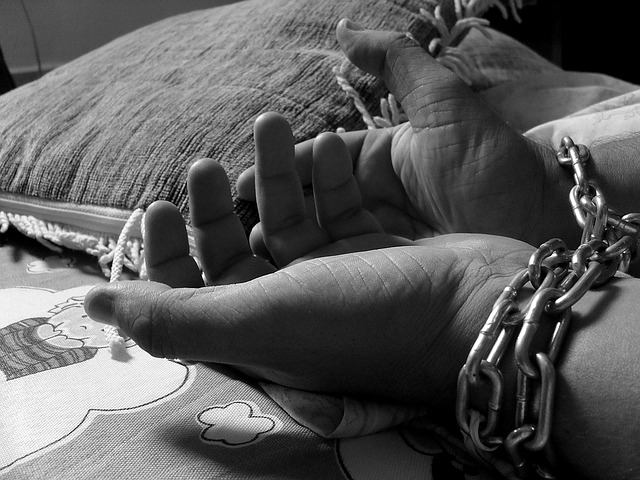 sammisreachers / CC BY-SA 2.0
sammisreachers / CC BY-SA 2.0
Nadja was brought to Germany from Bulgaria almost two years ago, at the age of 19. She told me that before arriving in Germany, she was told she would be working in either a beauty salon or a jewelry shop specializing in watches, that her housing would be paid for, and that her salary would allow her to send money home to support her family. Coming from the EU’s poorest country, where four out of 10 people are at risk of poverty or social exclusion, she was tempted by the promise of free professional training—something she would never have received in Bulgaria.
Once Nadja arrived in Germany, rather than being welcomed by the agent who claimed to represent the jewelry store and beauty salon owners, she was met at the train station by a woman who said that Nadja would work at her and her husband’s home in a rural area of Brandenburg, near Berlin. Initially, Nadja thought nothing of the change—she was happy to have a job.
Nadja soon discovered, however, that her job involved housecleaning and cooking for the family, including four children between the ages of 2 and 12, as well as caring for a sick elderly woman. Nadja was not allowed out of the home for two months, and she was not paid any salary for the first six months. Her employers told her that this was in exchange for her ticket and “training,” even though Nadja received no training and was forced to work 18-hour days. Her employers also kept her passport for the first year, insisting it was security for the money they invested in her.
When Nadja was finally allowed to go into the nearby town on a half-day off, her female employer went along as chaperone. The woman accompanied her everywhere. After Nadja’s brother had an accident at home, the family returned her passport so that Nadja could travel to Bulgaria for one week. She returned early to Germany so that she could job-hunt before meeting her employers. She was able to find a job in one of Germany’s many vape shops, which, even at minimum wage ($9.75 in 2018), paid her far more than the roughly $2 per hour she was receiving from her 90-hour-a-week domestic forced labor.
When I asked Nadja why she didn’t leave the family for whom she worked, she explained that they effectively held her hostage at their home—she had no friends and knew nobody, and they instilled in her a distrust of other Germans. She was unaware that what the family had done was illegal. Even today, seven months after leaving her exploiters, as she grapples with the trauma of having been trafficked, she fears she might be deported for addressing this issue with German authorities.
Nadja’s story is familiar to anyone who has met refugees with little to no education in Germany. The country is lauded for having some of the most hospitable visa requirements for foreigners from outside the eurozone, but the numbers of women and girls who come to the country, sold a lie about their future employment, are shockingly high. Awareness of how women are trafficked to Germany with false promises of decent-paying jobs is still quite low.
Women involved in various forms of labor exploitation are often not recognized as victims. One reasons for this, according to the German Network and Coordination Office Against Trafficking In Human Beings, is that trafficking is frequently portrayed in the media as uniquely sexual in nature. In reality, the exploitation of females goes far beyond sex: forced begging, slavery or practices akin to slavery; forced criminal activities; forced marriage; adoption; and organ removal. And yet, official statistics in Germany codify only two types of trafficking offenses: those for the purpose of sexual exploitation and those for the purpose of labor exploitation.
On any given day in 2016, there were 167,000 people living in conditions of modern slavery in Germany, according to the Global Slavery Index. Elise Gordon, of the Australian philanthropic Minderoo Foundation, told me that her organization estimates that 71 percent of modern slavery victims throughout the world are women and girls. The German government believes the actual number of people in modern-day slavery and forced labor exploitation is higher than official statistics show. It is estimated that 90 percent of women trafficked in Germany are trafficked for the purposes of sexual exploitation, but this statistic is likely inaccurate. Janina Mitwalli, in her study on this topic, criticizes the European Commission’s “Study on the Gender Dimension of Trafficking in Human Beings,” noting that this report “is reduced to sexual exploitation only. This approach perpetuates and cultivates the public’s associations with trafficking in human beings.”
Mitwalli observes that there is far less media coverage of exploitation of women working in nonsexual industries, such as meat-processing or agriculture. This skewed coverage contributes to the lack of legal protection from nonsexual forms of exploitation.
We know from recent studies in Germany that females are exploited for labor primarily within the agricultural, domestic and entertainment sectors—more specifically, within the fields of cleaning, food service, caretaking, nursing and the meat industry. Most experts agree that the reported 167,000 cases of human slavery in Germany today is just the tip of the iceberg of a far larger exploited group.
According to Behshid Najafi, counselor and co-director of Agisra, a nongovernmental organization that specializes in psychosocial counseling and support in Cologne:
The problem is that women trafficked for the purposes of labor are almost always sequestered within the private sector—they don’t have a work permit, so they are exploited by the families hiring them. They tend to work in the care profession, taking care of the elderly, children, the infirm, and because of this they can’t know about us to contact us and we don’t know where they are to contact them. They are not organized so it makes it very hard to identify these victims. They are also isolated by these families with threats of going to the police.”
Specialist after specialist confirms that there are very few institutions to which people can turn when they are victims of labor exploitation. And if a trafficking victim cannot be identified, there is no way to track or combat this form of exploitation.
Catalina Guia, a counselor from Arbeit und Leben, an NGO in Dusseldorf, explains why the rights of women and girls are easily overlooked within the current German protection legal framework, despite last year’s G20 Strategy against Child Labor and Forced Labor: “Because society is still patriarchal and change is very slow and the law is too permissive in the face of human rights.”
There is some progress. For instance, since 2005, there are now female-specific migration reasons recognized in Germany’s immigration law. According to a provision in Section 60 of the Residence Act, women facing potential genital circumcision, forced marriage or oppression due to their gender can claim a special refugee status. But while these human rights violations are recognized under German law, the governmental agencies adhere to a strict verification process, making it difficult for women to prove their cases. In short, the law exists on paper, but the burden of proof is placed on the victim to such a degree that her claim can often backfire.
One of the more obvious resolutions to this problem is a future where immigrants and all women have universal income, effectively erasing the power of traffickers to take advantage of the most marginalized. Another is to change how laws fiscally treat immigrants far differently than nationals.
Adina Schwartz, of Jadwiga, a German NGO specializing in assisting female victims of human trafficking, says that Germany is a transit and destination country for human trafficking, not a source country. She underscores the importance of prevention in the origin countries, as well as educating Germans about the signs of trafficking. “It is not as easy to prosecute labor exploitation and domestic servitude as it is for sexual exploitation,” Schwartz says. Jadwiga is developing a program in Bulgaria called Forwika, which, in Schwartz’s words, “helps young girls to develop their awareness and not fall into the hands of traffickers.” She says that the top three origin countries for the trafficking of females are Romania, Bulgaria and Hungary, although there are human trafficking victims in Germany from other EU member states, as well as from Africa and Asia.
The Bundeskriminalamt, Germany’s federal police office, publishes a yearly report on labor exploitation. Its 2017 study reveals that labor exploitation is clearly underinvestigated, with 180 victims and only 11 investigations. The same report shows that investigations of sexual exploitation registered 489 victims, with 327 investigations.
Not only do many NGOs and even the United Nations view women and girls as primarily victims of sexual exploitation, reflecting this bias in their research. Media efforts on behalf of well-intentioned feminists who focus solely on the sexual nature of female trafficking also have a negative effect. Since the 2000 U.N. Women’s Conference in New York, we have not seen enough attention paid to the labor exploitation of women and girls. In fact, what we have seen since the 1990s is a discourse that recycles the tropes of sexual exploitation of females, further entrenching sexist notions that men are exploited for labor, while women and girls are exploited only for sex.
Your support is crucial…With an uncertain future and a new administration casting doubt on press freedoms, the danger is clear: The truth is at risk.
Now is the time to give. Your tax-deductible support allows us to dig deeper, delivering fearless investigative reporting and analysis that exposes what’s really happening — without compromise.
Stand with our courageous journalists. Donate today to protect a free press, uphold democracy and unearth untold stories.
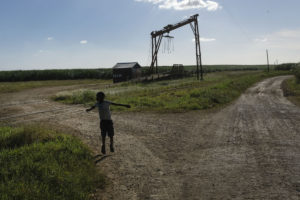
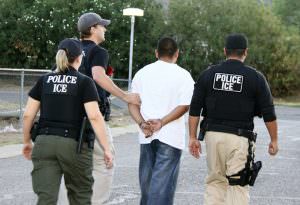
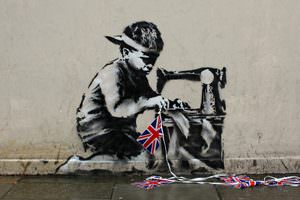
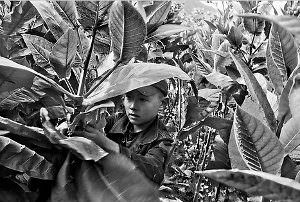
You need to be a supporter to comment.
There are currently no responses to this article.
Be the first to respond.